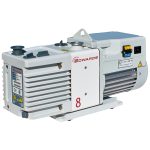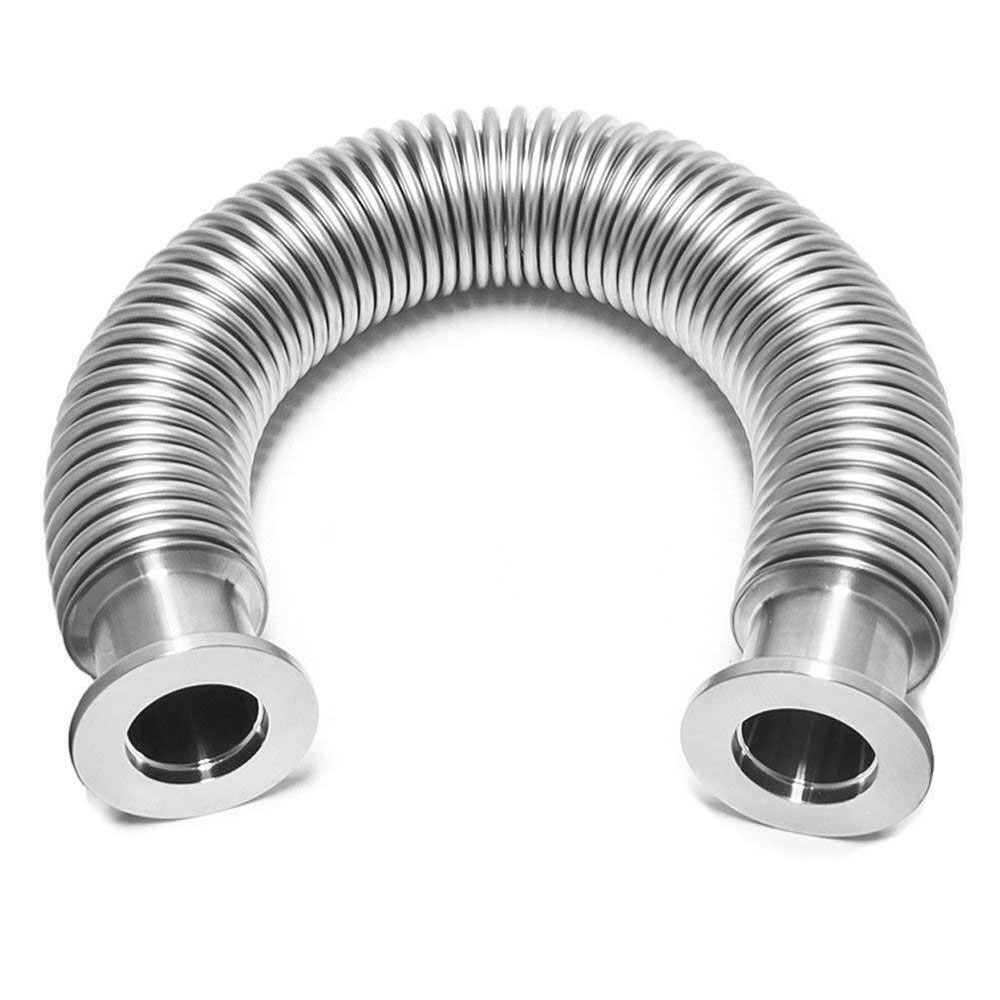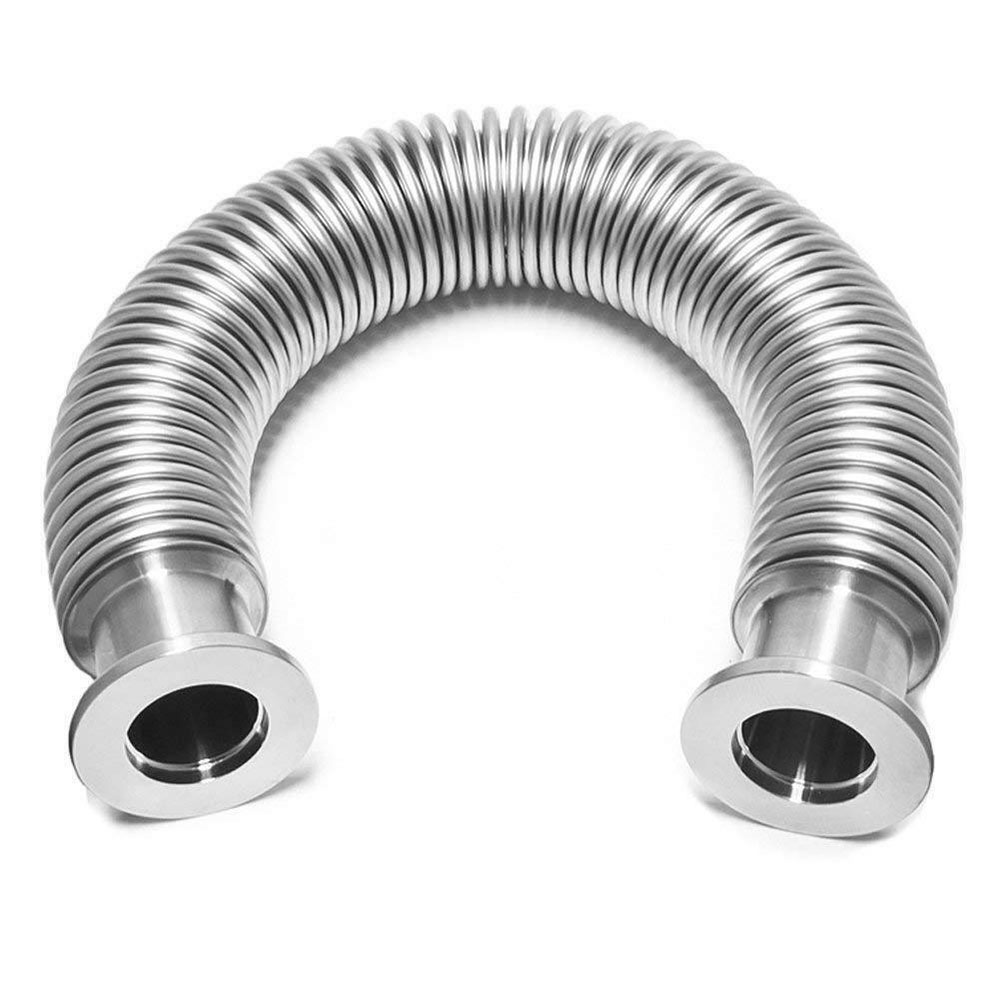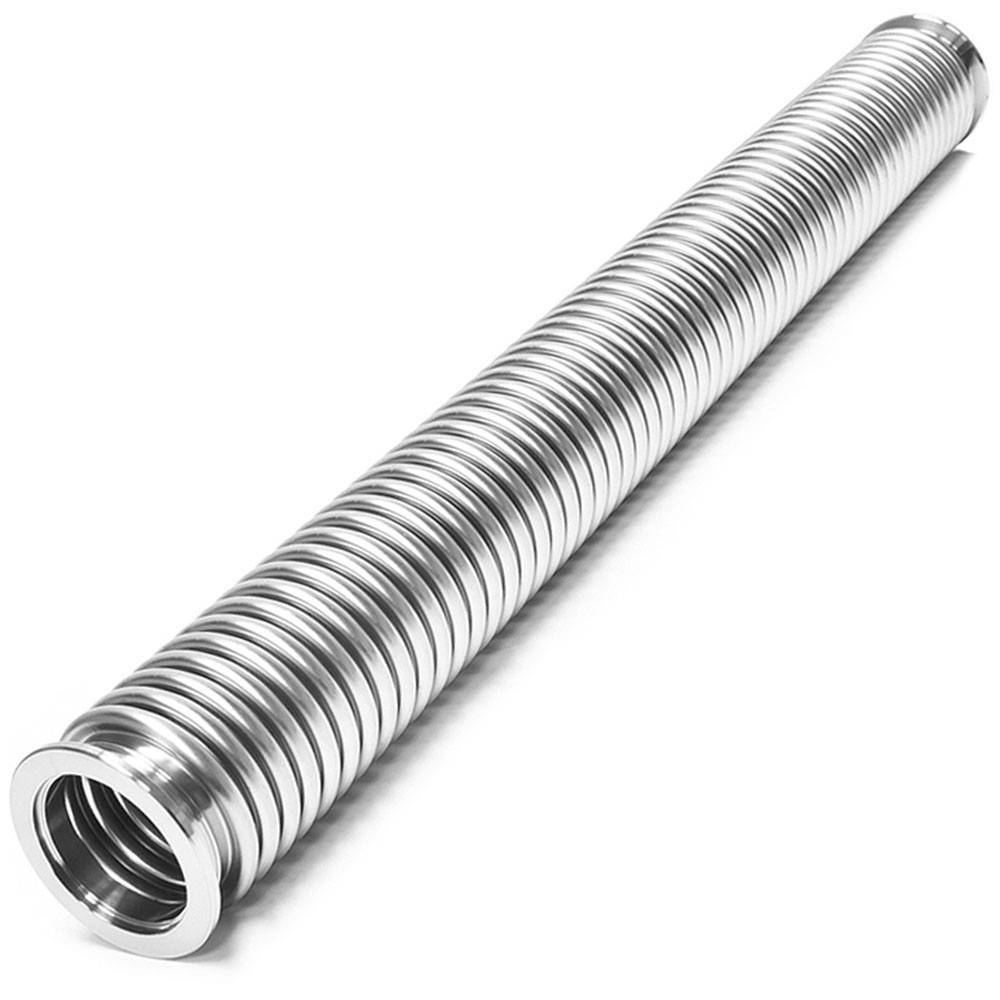
Knowledge of Vacuum Accessories-Pumping Equation of Vacuum System
The task of the vacuum system is to remove various gases in the vacuum container. We can call the flow of various gases produced in the pumping container the gas load of the vacuum system. So what is the gas load of the vacuum system? Or what is the gas source in the vacuum chamber? Let Xinlai Vacuum give you a brief description below:
- The original space atmosphere in the pumped container, if the container volume is vm3 and the initial pressure of the pumped gas is PopA, the original air volume in the container is vp0pa·m3;
- The evacuated container is evacuated by air, and the surfaces of various materials and components exposed to the vacuum will absorb and absorb the gas originally under atmospheric pressure. This part of the gas source is called gas emission, and the gas flow rate per unit time can be expressed by QFPA·m3/S
- The gas flow rate of air entering the vacuum chamber through the container wall structure material is expressed as qspa·m3/s. The permeated gas flow rate is the gas flow rate that the atmosphere diffuses into the container through the container wall structure material. This gas permeation is selective. For example, hydrogen can penetrate palladium, iron, nickel, and aluminum only when it is separated into atoms. As the carbon content in steel increases, the penetration of hydrogen into steel increases. Helium molecules can pass through glass. Hydrogen, nitrogen, oxygen, argon, neon, and helium can pass through transparent quartz. All gases can pass through organic polymers, such as rubber and plastics. But all gases cannot pass through the metal.
- The gas flow rate of liquid or solid evaporation is qzpa·m3/s. During the process, the moisture in the air or liquid evaporates under vacuum, which is a common phenomenon in the low vacuum range. Under high vacuum conditions, especially in high-temperature devices, both solid and liquid have a certain saturated vapor pressure. When the temperature is fixed, the saturated vapor pressure of the material is fixed, so the evaporation gas flow rate is constant.
- The air leakage flow rate qlpa·m3/s enters the vacuum chamber through the connection of various vacuum seals and various air leakage channels. For a certain vacuum device, the leakage flow QL is constant. The leakage flow rate can be calculated by the pressure rise rate, which is the pressure growth rate PX in the content device (28) per unit time.
The company’s vacuum bellows are suitable for pipe connections in various low vacuum and high vacuum environments. The bellows can expand and contract to absorb specific pipe displacements. The bellows used to connect the vacuum pump can also slow down the operation The impact of vibration generated by the equipment.







